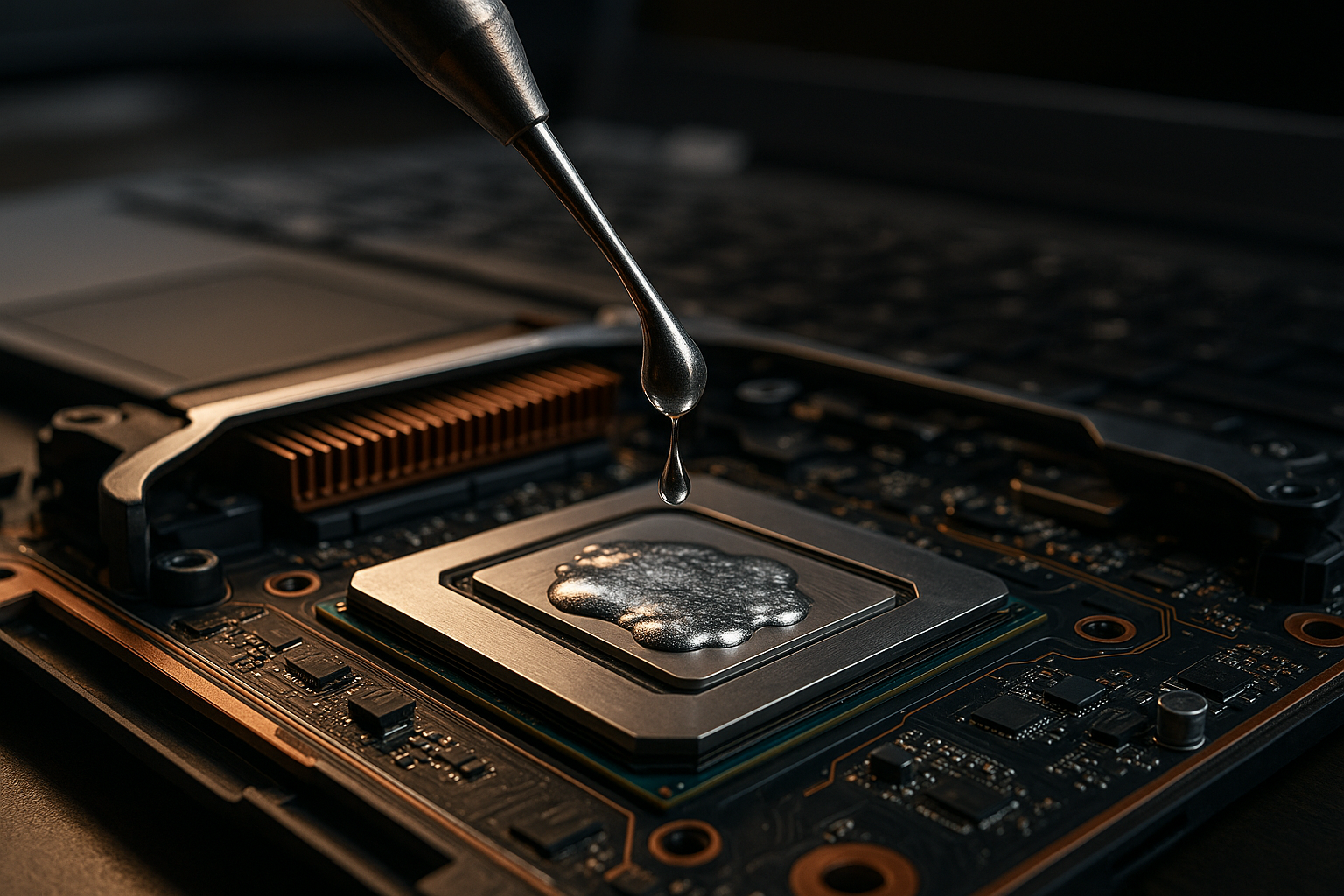Choosing displays and peripherals for accurate color work
Accurate color work depends on a combination of display quality, peripherals, and system stability. Selecting the right monitor, input devices, and supportive hardware can reduce calibration drift and speed up color-critical workflows for photography, design, and video. This guide outlines practical factors to consider when assembling a reliable color-accurate setup.

displays: what to look for in a monitor
When selecting displays for accurate color work, prioritize panel type, color gamut coverage, and uniformity. IPS panels generally offer wider viewing angles and more consistent color than TN or VA alternatives. Look for monitors that specify coverage of sRGB, Adobe RGB, or DCI-P3 depending on your target output. Native 10-bit panels or displays that accept 10-bit input from a gpu can reduce banding for smooth gradients. Panel uniformity and local dimming characteristics matter for shadow and highlight consistency. Consider built-in hardware calibration support or compatibility with external colorimeters to maintain accuracy over time.
peripherals: choosing accurate input devices
Peripherals beyond the monitor influence how you work with color. Calibrators and spectrophotometers are essential peripherals for profiling displays and should be compatible with the display’s firmware and your operating system. Input devices such as color-managed mice, tablets, and styluses affect precision in retouching and should support pressure and tilt if required. Connectivity peripherals—like high-quality display cables and docking stations—help ensure stable color pipelines by supporting the necessary bit depth and refresh rates. Proper peripheral selection reduces setup variability and improves reproducibility across sessions and locations.
gpu and hardware balance
A capable gpu is important for driving high-resolution, color-accurate displays and enabling hardware-accelerated color workflows in editing software. Balance gpu choice with other hardware such as the processor and motherboard: a modern multicore processor and a motherboard with sufficient PCIe lanes ensure smooth data flow. Color grading and real-time previews benefit from a gpu with ample video memory, while color conversion and batch processing lean on the processor and memory. Avoid bottlenecks by matching the gpu, processor, and motherboard capabilities to your typical project sizes and timeline requirements.
storage and memory considerations
Fast storage and adequate memory are practical elements that affect color work efficiency. Use an ssd for your OS and active projects to reduce file load and save times; larger capacity ssds or a mix of ssd for active files and archival drives for long-term storage can optimize workflow. Memory (RAM) should be sized to handle large images or video timelines—insufficient memory leads to swap activity, which can slow edits and introduce latency when previewing color changes. Plan storage and memory to match project complexity and expected file formats to keep color adjustments responsive.
firmware, cooling, and maintenance
Firmware updates for monitors, peripherals, and motherboards can fix compatibility or color-management issues, so check vendor release notes before applying updates. Cooling matters because thermal throttling in processors or gpus can change performance characteristics during long renders, potentially affecting real-time previews. Routine maintenance includes recalibration of displays, cleaning sensor windows on spectrophotometers, and verifying firmware versions for connected hardware. Regular maintenance and stable thermal conditions help preserve consistent color output and reduce unexpected shifts in your color pipeline.
networking, battery, and security concerns
If you collaborate or sync profiles across devices, networking reliability and secure file transfer are important. Use secure, versioned storage for color profiles and asset backups and ensure networking equipment supports stable transfers for large raw files. For portable setups, battery-powered laptops require planning: battery-saving modes can alter display profiles and gpu performance, so test color-critical work on mains power when possible. Security of color assets and firmware integrity matter as well—protect calibration profiles and test newly downloaded profiles before widescale deployment to avoid corrupt or malicious files affecting color accuracy.
Conclusion
Accurate color work is an ecosystem problem: displays, peripherals, and supporting hardware all contribute to consistent results. Choose displays with the right panel characteristics and gamut for your output, pair them with compatible calibrators and precise input peripherals, and ensure the underlying hardware—gpu, processor, motherboard, storage, and memory—supports the workloads you run. Regular firmware updates, cooling and maintenance, and attention to networking, battery, and security practices complete a reliable color-managed workflow. Thoughtful selection and upkeep reduce surprises and help maintain predictable color from capture through final delivery.





